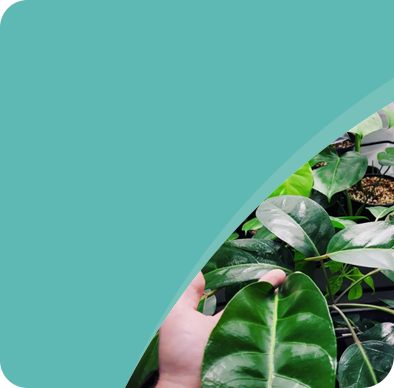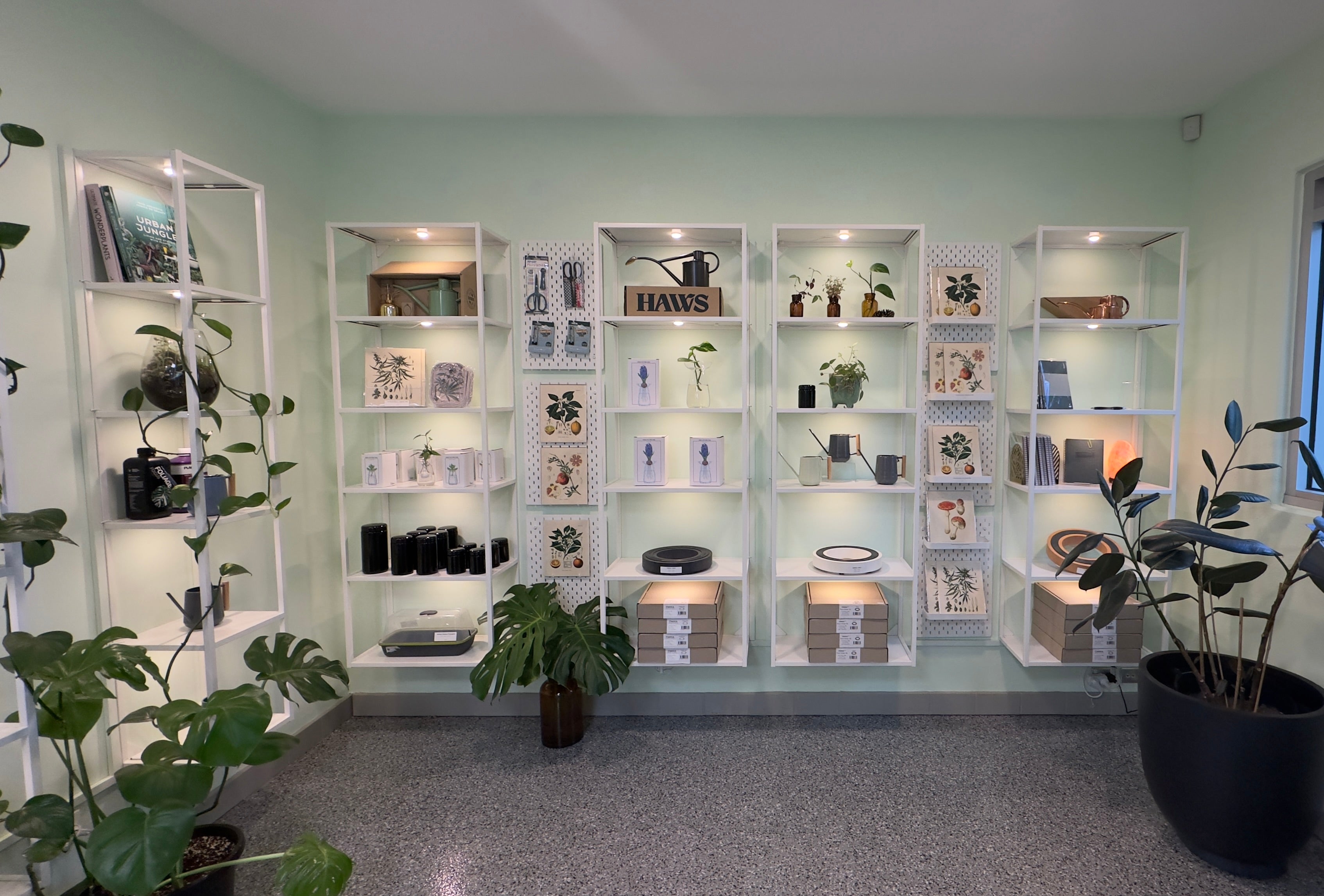Iron deficiency is quite a common problem in gardening, and we’re all bound to experience it sooner or later. Correctly identifying a plant deficiency can be difficult, as deficiencies sometimes share similar causes and symptoms.
Why is iron important to plant health?
Iron plays a critical role in:
- Chlorophyll production
- Plant respiration
- Photosynthesis
Main causes of iron deficiency.
Like many other mineral elements, iron deficiency can be caused by:
- Malnutrition (low EC)
- Incorrect application of phosphorus and/or manganese products (causes iron lock-out)
- High pH (causes lock-out)
- Low root zone temperatures (causes lock-out)
Key symptoms of iron deficiency in plants.
- New leaves will be a pale yellowy-white from malnutrition; or misshaped from high pH levels. It is important to note that young chlorotic leaves will retain vibrant green veins (interveinal chlorosis).
- Mature leaves will retain their dark green colour
- The pH of your nutrient solution/reservoir will be above 6.5
How to fix an iron deficiency?
| Correct & maintain pH levels | Adjust nutrient solution by using a quality pH down product. Ideal pH range is 5.2 – 6.5 |
| Add an iron supplement | Add a product like Dr Repair to your feeding schedule. Add 5mL Dr Repair per 1L water to your normal program for at least one week. |
| Direct application | Iron is an immobile element, which means the plant cannot move it to where it is needed most. This is why new growth is affected first. A foliar spray of 1mL CMX to 1L of water, adjusted to pH 5.5, will do the trick. Spray the entire plant just after lights turn off to avoid any light scorching. |
| Low root-zone temperature | Give your plant’s metabolism a boost by keeping root-zone temps between 18-21 °C. Use low wattage gadgets like heat bars and heat mats. |
Important note: When foliar feeding programs are implemented throughout the growth phase, it is important to check the side effects of certain products used such as pest treatments. For example; there are many oil-based insect treatments available on the market that have been proven to cause chlorosis when used in excess, as the majority of these products will clog the stomata reducing a plant's overall ability to exchange air and transpire accordingly. Always journal or note down when these programs are used throughout the grow that way when a problem like this occurs you'll be able to better ascertain whether it was nutritional response or a side effect.
To conclude, when it comes to any nutritional advice always follow the dosage instructions on the bottle. Always measure your finished nutrient solution with a pH & EC meter to ensure it has been mixed correctly. Problems usually only occur when these instructions are not followed.
Happy Gardening :)
#growwithus




